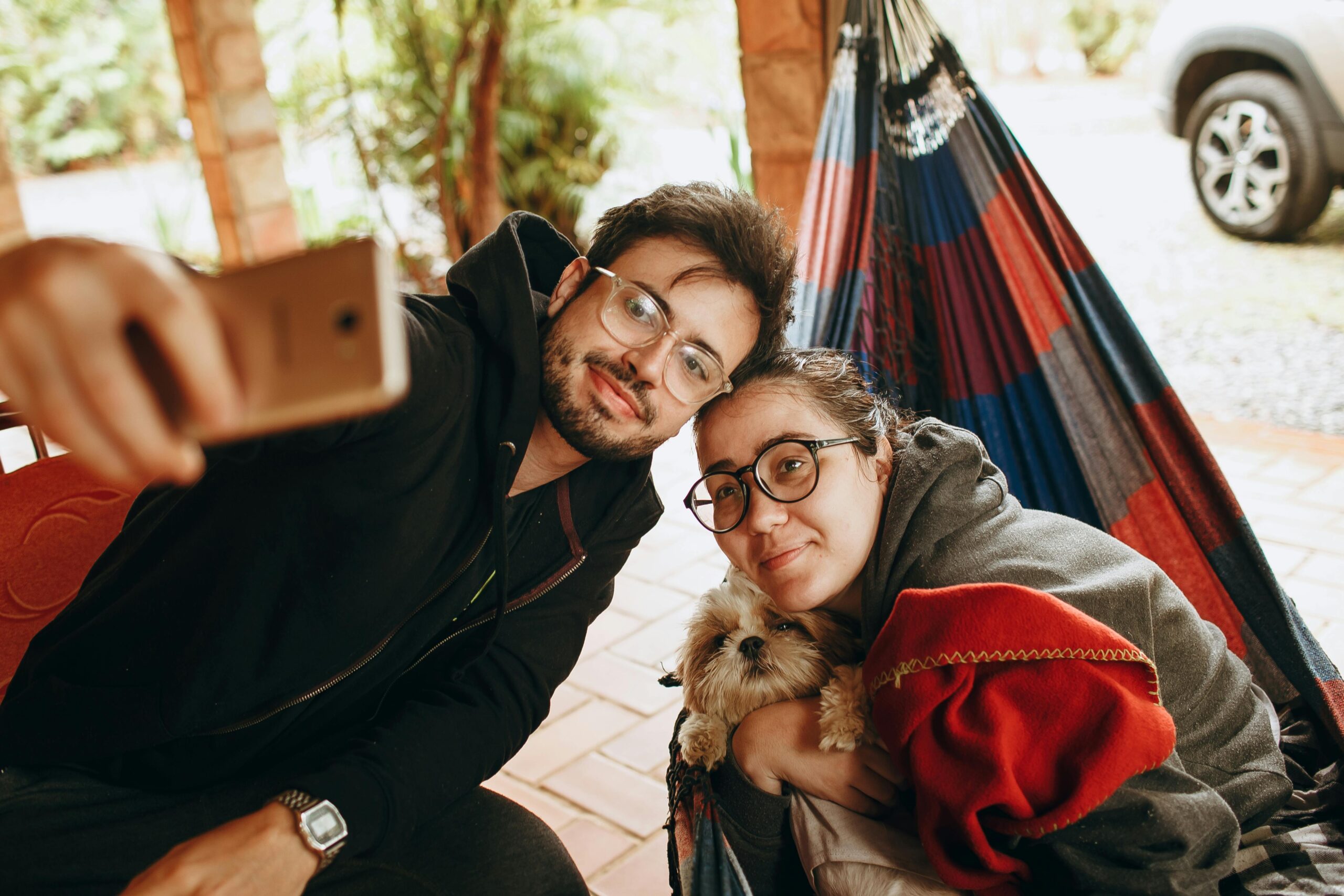Introduction
One of the most critical steps in the U.S. immigration process for obtaining a green card through marriage is proving that you are in a “bona fide marriage.” This means demonstrating that your marriage is genuine and not entered into for the sole purpose of obtaining immigration benefits.
U.S. Citizenship and Immigration Services (USCIS) scrutinizes every marriage-based green card application to ensure legitimacy, so gathering sufficient evidence is crucial.
In this comprehensive guide, we’ll explore how to prove a bona fide marriage for your adjustment of status (AOS) application, including the types of evidence to gather, what USCIS looks for, and the common challenges couples face.
What is a Bona Fide Marriage?
A bona fide marriage is one in which both spouses entered into the relationship with the intent to build a life together, not for immigration purposes.
USCIS considers several factors to determine if a marriage is genuine, including shared financial responsibilities, a history of cohabitation, and a relationship established before the immigration process began.
USCIS may request evidence that proves your marriage is real, whether or not you have children, own property, or share financial accounts. The burden of proof is on the applicant, meaning you must provide a robust set of documents and details to support your case.
Key Types of Evidence to Prove a Bona Fide Marriage
While USCIS doesn’t provide an exact checklist of the required documents, they generally expect to see proof of a shared life. Here are the key types of evidence you should submit:
1. Joint Financial Documents
- Bank Account Statements: Showing shared financial responsibilities and transactions made from joint accounts.
- Credit Cards: Proof of shared credit accounts or credit cards in both spouses’ names.
- Tax Returns: Jointly filed federal and state tax returns can serve as strong evidence of a bona fide marriage.
- Mortgage or Lease Agreements: Proof that you live together and share financial obligations in renting or owning a home.
2. Proof of Cohabitation
- Utility Bills: Utility bills with both spouses’ names, demonstrating that you live together.
- Mail: Official correspondence sent to both parties at the same address, like insurance policies or government notifications.
3. Insurance Policies
- Health Insurance: Policies showing one spouse as a beneficiary or dependent on the other’s insurance.
- Life Insurance: If one spouse lists the other as the beneficiary, it indicates an intent to build a future together.
4. Personal and Affidavit Evidence
- Photographs: Pictures from vacations, holidays, family events, and special occasions can demonstrate a shared life over time. Be sure to include captions describing the context of each photo.
- Affidavits from Family and Friends: Written statements from individuals who know you as a couple can be valuable, especially if they provide details of how they know you and your relationship’s history.
5. Travel History and Communication Records
- Travel Receipts: Boarding passes, hotel receipts, and other documentation showing trips taken together as a couple.
- Social Media: USCIS may consider social media posts, especially if they show your relationship over time and interactions with family and friends.
- Text Messages and Call Logs: While not mandatory, providing records of communication between you and your spouse can further show the development of your relationship.
USCIS Interview and Additional Scrutiny
In most cases, USCIS will require the applicant and spouse to attend an interview as part of the adjustment of status process.
The interview is designed to assess the relationship’s authenticity, and officers may ask detailed questions about your life together. This is often referred to as the “Stokes interview” if there are concerns about the marriage’s legitimacy.
Common Interview Questions Include:
- Where did you meet your spouse?
- Who attended your wedding?
- What do you do together on weekends?
- Who pays the bills in your household?
- Describe your spouse’s daily routine.
Red Flags for USCIS:
- Large age gaps
- Different cultural or linguistic backgrounds
- Marriages that occur shortly before filing the adjustment of status
- Minimal documentation submitted with the I-130 petition
- Spouses living apart for long periods
To avoid raising suspicion, ensure your evidence is complete, consistent, and thoroughly documented.
Common Challenges and How to Overcome Them
Even legitimate couples may face challenges in proving the bona fides of their marriage. Here are some common issues and solutions:
1. No Joint Financial Accounts
- Some couples maintain separate finances, which is not uncommon. In such cases, you can provide other evidence, such as gift receipts, showing you support each other financially.
2. Long-Distance Marriages
- If you live apart due to work, military deployment, or other reasons, make sure to submit travel records, hotel stays, and detailed correspondence records. It’s also helpful to include explanations for your separation in a cover letter.
3. No Children
- While children are a strong indicator of a bona fide marriage, not all couples have children. In such cases, focus on shared activities, photographs, and any evidence of planning a future together (e.g., travel plans, joint savings).
What Happens if USCIS Questions the Bona Fide Nature of Your Marriage?
If USCIS doubts the authenticity of your marriage, they may issue a Request for Evidence (RFE) or schedule a second, more intensive interview (Stokes interview). Failing to convince USCIS could result in the denial of your green card application, but you can file an appeal or provide additional evidence.
Tips for Strengthening Your Bona Fide Marriage Case
Here are additional tips for couples preparing to prove the bona fide nature of their marriage:
- Start Early: Begin gathering evidence as soon as possible, even before filing your I-130 petition.
- Be Honest: Provide genuine evidence, as fabricated documents or false statements can lead to serious consequences, including the denial of your application.
- Document Key Life Events: Save receipts, travel itineraries, and documents for significant life events, like vacations or anniversaries.
- Work with an Attorney: An immigration attorney can help ensure that your evidence is complete and your case is strong before submitting it to USCIS.
FAQs About Proving a Bona Fide Marriage
Q: What if we don’t have joint bank accounts?
A: While joint bank accounts are strong evidence, they are not mandatory. You can submit other evidence like shared utility bills, lease agreements, or travel records to show a shared life.
Q: Will USCIS look at our social media?
A: USCIS may consider your social media if it is included as part of your evidence. Photos, posts, and interactions with family members can support your case, but ensure it aligns with the other documentation you provide.
Q: What happens if we don’t live together?
A: While cohabitation is a strong indicator of a bona fide marriage, not all couples live together due to work, school, or other circumstances. If this applies to you, it’s important to provide evidence that explains the situation—such as leases, travel records, correspondence, or affidavits from family and friends—showing that you maintain a close, committed relationship despite living apart.
Q: How many photos should we submit?
A: There’s no set number of photos required, but you should aim to include pictures from various points in your relationship that depict significant moments (weddings, vacations, holidays, family gatherings, etc.). Captions explaining the context and dates of the photos are helpful. Focus on quality and diversity over quantity, as USCIS is looking for images that show a natural and shared life together.
Q: Do we need to submit affidavits from friends and family?
A: Affidavits are not mandatory but can help strengthen your case, especially if they come from individuals who know your relationship well. These letters should describe how the person knows both spouses, how often they see you together, and provide specific examples that demonstrate the genuine nature of your relationship.
Q: Can we submit too much evidence?
A: There is no set limit to the amount of evidence you can submit. However, quality is more important than quantity. Provide relevant and clear documentation rather than overwhelming USCIS with excessive paperwork.
Conclusion
Proving a bona fide marriage is a crucial step in the adjustment of status process, and it’s essential to gather strong, consistent evidence that demonstrates your relationship’s legitimacy.
With the right preparation and thorough documentation, you can provide USCIS with everything they need to approve your green card application.
If you have concerns or need additional help, consider consulting an experienced immigration attorney who specializes in adjustment of status cases. They can guide you through the process and ensure your application stands the best chance of success.
The information provided on this website does not, and is not intended to, constitute legal advice; instead, all information, content, and materials available on this site are for general informational purposes only. Information on this website may not constitute the most up-to-date legal or other information. This website contains links to other third-party websites. Such links are only for the convenience of the reader, user, or browser; the writer does not recommend or endorse the contents of the third-party sites.
Readers of this website should contact a licensed attorney to obtain advice with respect to any particular legal matter.



